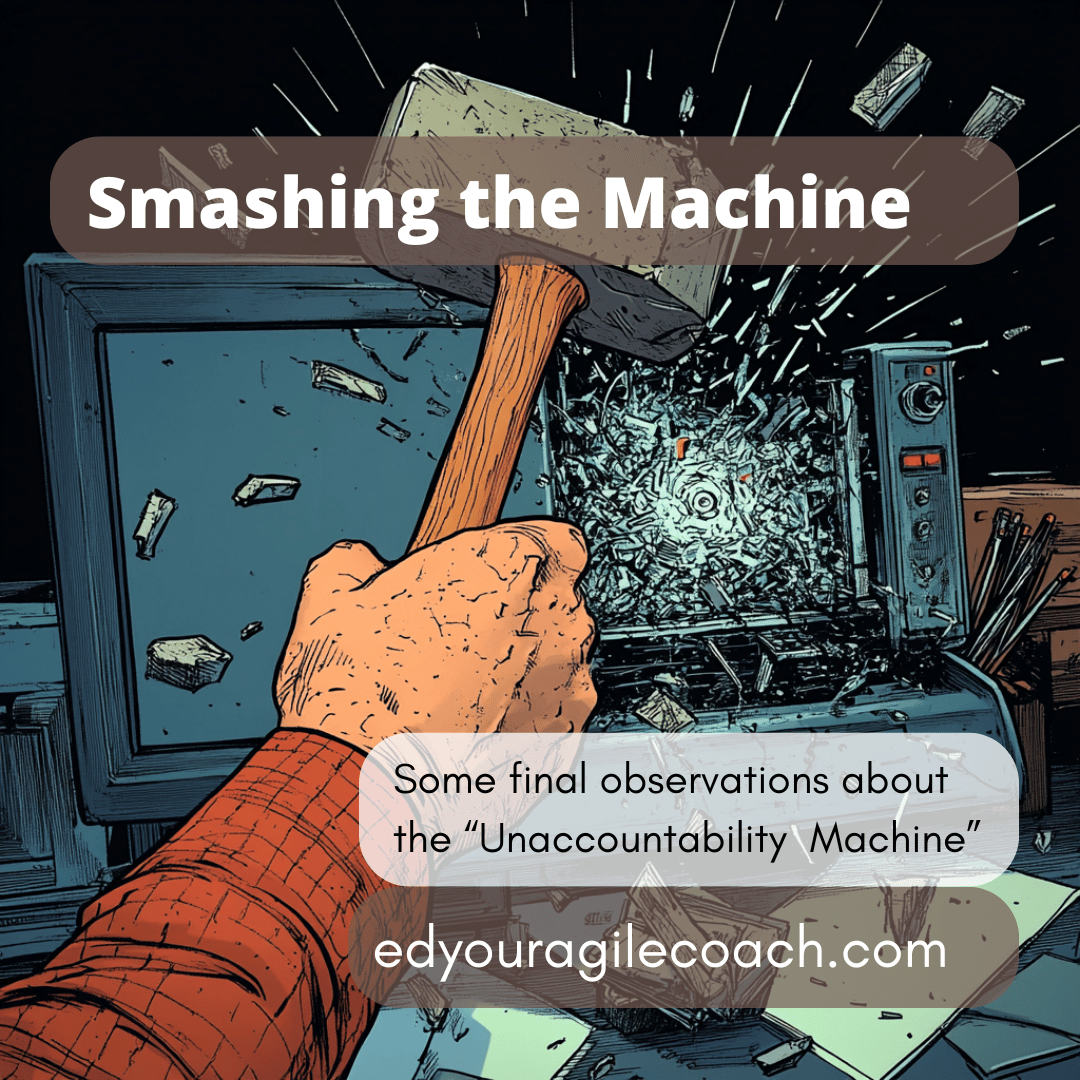Communication and openness are the start of the coaching experience.

Development work is hard. Software engineers take vague guidelines from business professionals and attempt to build working applications. This work is perilous because business professionals think software developers can mind-read and psychically understand what customers and business partners need. It does not work that way, and it requires constant communication and openness. It is the same challenge an agile coach faces when attempting to improve a scrum team.
I am leading an agile transformation. I spent plenty of time listening to individuals and teams and withheld judgment. Finally, I made a point to listen with intent instead of responding. After synthesis of all the information, it was time to put a plan into action. The developers, testers, and business partners were shocked. Instead of ignoring the problem, I asked the team to confront and fix it. Naturally, they looked at me and asked if I could provide them with solutions. Instead, I followed the advice of Lt. General George S. Patton, “Never tell people how to do things. Tell them what to do, and they will surprise you with their ingenuity.”

It is a new experience for the team, but they are learning. When groups of people are learning new skills and working together for the first time, they will make mistakes. As a coach, you need to create an atmosphere where those mistakes can happen and the team can inspect and adapt. The business world does not forgive errors, but with proper communication and the avoidance of the same kind of failure, the learning process benefits both the client and the team.
From the perspective of a coach, it looks messy and awkward. It is supposed to be this way. Each leader wants their team to be a superstar, but that is a destination. The journey is a grind of mistakes, accidents, and mess. The experiences create cohesion on the side and improve performance. People are messy, so getting people to change and grow will generate clutter in your organization.
The first part of the agile manifesto says, “individuals and interactions over processes and tools.” Agile is not something you can not copy and paste from a manual. It requires matching the people you work with to the skills they need to succeed. It ensures that the values of the agile manifesto are understood and accepted. The team will grind and falter. The struggle is necessary because it will create success later. Coaching is different from working on the front lines, but it will yield results with openness and constant communication.
Until next time.




Comments ()